The success in the recovery of the Way of Saint James has led associations and administrations in Italy, France, Switzerland, Germany and Austria to recover some of the medieval itineraries to Rome through their signage, the edition of maps and guides, as well as the adaptation of the accommodation infrastructure. The rurAllure pilot will focus on three major routes (Via Francigena, Romea Germanica and Romea Strata), aiming to supplement their ongoing promotion with the added value provided by the vast heritage treasured by the traversed rural areas. The rurAllure network and platform will provide common foundations for works that have commonly pursued similar goals in isolation. Indeed, Consortium partners have noticed that the main weakness of the Romea model is the fragmented and factual management of independent not-for-profit organisations, even if spatial planning remains the responsibility of public administrations. The pilot will pay specific attention to thermal heritage, which is attested in various ways, from rituals to architecture, from Antiquity to the current era.
The pilgrimage to Rome was from the early third century throughout medieval times and until the rise of the Protestant Reformation, a common element of European Christianity. Its popularity varied over time depending on factors such as the pilgrims’ preference for the other two great destinations —Jerusalem and Santiago de Compostela—, the political situation of the territories crossed, the attitude of the papacy and their promotion of the pilgrimage, and the position that the new reformed churches adopted before the cult of saints and relics. The major routes were joined by small routes that allowed access to them from a wide range of European areas. The description of these itineraries that has come down to us is due to chronicles of round trips to Rome made by various figures, both religious and lay.
The EAVF works with local associations for the conservation of the route and has gathered them under the Trails Angels network. As a certified Cultural Route of the Council of Europe it keeps contact with other Programme routes, especially on benchmarking and best-practice exchange. It also maintains relations with relevant pilgrimage and cultural routes (Via del Volto Santo, Abbot’s Way, Via degli Dei, Materano route). EAVF also has cooperation agreements with the French Hiking Federation (FR), the Association Via Francigena France (FR), and the Confraternity of Pilgrims to Rome (UK).
The Via Romea Germanica is a certified Cultural Route of the Council of Europe since 2020 and aims to support awareness raising about cultural and spiritual heritage, sacred and religious values. Along the way, a number of places are shared with the Via Francigena, starting from Montefiascone to reach the final destination in Rome. The same happens with the Romea Strata in its Venetian part, and other pilgrimage routes such as that of Sant’Antonio and Atrium. Since 2015 a joint pilgrimage has also been organised with St. Olav’s ways.
The Romea Strata grafted onto the Via Francigena to reach Rome, at San Miniato. As an official candidate for the Cultural Routes of the Council of Europe Certification, it is also in contact with other pilgrimage routes in the network.
The Via Francigena boasts a wealth of natural tourist attractions and a rich and diverse cultural heritage, especially in architecture: cathedrals, churches, museums, historic bridges, hospitals, hostels, vernacular buildings and rural architecture. Beautiful landscapes vary from country to country, including vineyards and fields, rural areas, forests, etc. From Rome, the route continues to the harbours of Apulia, in the south of Italy, to provide a travel opportunity to reach Jerusalem via Greece, the Balkans and Turkey. Some samples:
In Italy, across 10 regions, pilgrims can enjoy several UNESCO World Heritage sites: Ivrea, a historic industrial city; the historical centres of Lucca and Siena; Val d’Orcia cultural landscapes; the City of Rome and Vatican City, etc. Pizza and the Mediterranean Diet are examples of UNESCO intangible heritage encountered along the Via Francigena.
Important tangible heritage located near the paths of Romea Germanica include cathedrals, churches, shrines, monasteries, hospitals, hostels, historical centers, cultural districts, archaeological sites (WHS, National Heritage) and other cultural assets (museums, libraries, old Academies, open archives and so on). Intangible heritage is not less rich, including rituals, oral traditions, religious festivals, patronal feasts, urban pilgrimages and others. Pilgrims can appreciate the cultural landscapes (rural and urban) of Lower Saxony plains, the Turingia Forest, the Alps, along the Po Valley, Comacchio Wetlands (WHS), Ravenna’s Littoral Pinewoods (WHS), the Apennine Hills and Mountains (Casentino Forests National Park), the Tuscan Hills (WHS), the Umbrian Plain, the Lakes of Central Italy, and the Agro Romano unto Rome, with the Basilica of Saint Peter and Saint Paul (WHS). Many are the reference points that show a millenary religious, artistic and cultural history in an overall buffering area of 54.600 km2 in Germany, 4.150 km2 in Austria and 52.300 km2 in Italy, studded with exceptional thermal heritage sites.
The Romea Strata goes through numerous UNESCO World Heritage sites, as well as several candidate sites. In Italy there is Venice and its lagoon, the city of Vicenza and the Palladian villas in the Veneto Region, Padua and its Botanical Garden, Modena, the Aquileia Archaeological Area and the Patriarchal Basilica, and the city of Verona. Also to mention the Dolomites Mountains, the pile-dwelling sites of Laghetto della Costa in Arquà Petrarca and Tombola in Cerea; the Medici villas and gardens in Tuscany (Villa di Cerreto Guidi in Cerreto Guidi and Villa La Magia in Quarrata); the Venetian Defense Works, such as the City-Fortress of Palmanova; and the Lombard Heritage related sites. Other candidate sites are Padova, with the Scrovegni Chapel and the 14th century fresco cycles (nominated in 2016). Concerning UNESCO MAB sites it is worth mentioning Miramare, the Po delta park, the Tuscan-Emilian Apennines, and the Ledrensi and Judicaria Alps (23 km between Riva del Garda and Rovereto).
The Via Francigena benefited from the rediscovery and flourishing of the Way of Saint James in the 1970s and 1980s, and so it also began to be studied and reopened to modern pilgrimages as a tool for sustainable development in the territories across the route. In 1994 it was declared Cultural Route of the Council of Europe. EAVF provides full-range services across the route. A wide accommodation offer is available, including pilgrims hostels, and private facilities. The official pilgrim’s passport which provides advantages and discounts for accommodations and services along the path. EAVF has also developed an official app and published a guidebook of the Italian segment. In 2019 the Via Francigena received about 50.000 walkers, and 19.000 official pilgrim passports and 15.000 official guide books were sold. The official app was downloaded 25.000 times, the website www.viefrancigene.org registered 1 million visits and Francigena’s Facebook profile reached 60K followers.
The Via Romea Germanica is managed since 2018 by the European Association Via Romea Germanica in collaboration with three national associations working since 2008 and with the support of the German Landers, the Tyrolean Bundesland, and the Italian Regions. Municipalities and districts collaborate in increasing numbers, stimulated by the economic and cultural opportunities they expect. For some years, tour operators have been taking an interest by building tourist packages purchased mainly by “foreign” pilgrims and other target groups, always maintaining a spiritual and sustainable religious approach. In spite of its modest numbers, Romea Germanica is today a significant phenomenon in rural areas, in particular in the plains and especially in the German and Italian hilly areas. In many religious places along the way, data of a few thousand (2500/3000 in 2018) were recorded, compared to the few pilgrims who completed the entire route from Stade to Rome.
The European Association Romea Strata (AERS, a rurAllure associate partner), founded in 2018, counts 30 founding members from Poland, Czech Republic, Austria and Italy. The members of the association work together to make this itinerary accessible to all, to encourage sustainable cultural tourism, and to raise awareness by promoting cultural, artistic and educational activities. In Italy, the itinerary has been entirely mapped and traced with GPS and signposting (road signs) has been completed with special arrows and bulletin boards along the way. A walking guide and 3 bike guides (in Italian and German) have been published by Touring Club. There is also a specific guide which contains cultural and food and wine insights into three areas: Osttirol, Friuli-Venezia-Giulia and Vicenza. In Austria, the Czech Republic and Poland the itinerary has been mapped and traced with GPS and the signposting is currently being deployed. These works shall be upscaled to Baltic countries, as the AERS is contacting partners to define the route to Tallinn.
The Via Francigena crosses 17 regions and 612 municipalities in 5 countries and mostly traverses rural areas and small communities. More than 70% of the EAVF members are small villages and communities of villages, especially in France and Switzerland; in Italy the route crosses small towns and provinces uniting towns and villages. The communities along the Via Francigena depend on agricultural activities and have a low population with a visible decrease of population because of the internal migration, mostly in the mountainous areas. Pilgrimage along the Via Francigena generates significant economic benefits to local communities in terms of creation of SMEs, provision of services and socio-cultural exchange.
The Via Romea Germanica crosses 11 regions and mainly develops in rural areas with low and aged population density if compared to the national share, with the exception of the 6 Italian Regions. These regions show a good level of development in the context of an agricultural economy mainly oriented at the international market, with high availability of work, especially in the German part. However, the arrival, albeit limited at the moment, of pilgrims and slow tourists represents a significant opportunity for accommodation, shopping and sustainable social wellbeing, especially in the hilly and mountainous areas with a density of 20-30 inhabitants/km2.
The Romea Strata in Italy crosses 5 regions, 6 provinces and 186 municipalities. The areas crossed are characterised by multiple cultural, historical and productive traditions. In Friuli, for instance, some areas once agriculturally depressed, have seen a great industrial development over the years. Agriculture no longer has the importance of the past, but it is a leading sector, and viticulture has had great development. Cities are mainly dedicated to the tertiary sector. The territories are rich in “cities of art”, museums and shrines. In Veneto and Emilia the population is not homogeneously distributed; depopulation of large cities has occurred since the 1980s leading to significant urban development and today the resident population continues to grow due to immigration.These two regions are among the richest in Italy. Today Veneto is the seat of important industrial and tertiary activities. Agricultural activities are still significant, but small family-run businesses prevail, specialising in the food, textile, footwear and furniture sectors. Cooperatives are also widespread.
The following are just a few of the sites that provide an insight into culture, traditions, history and lifestyles of territories crossed by a pilgrim along the Via Francigena:
Within 50 km from the main paths of Romea Germanica, all three sections show an important wealth of highly identifiable territorial characteristics:
The whole Romea Strata is rich in places of intense spirituality, many linked to the memories of significant saints, such as Sant’Antonio da Padova, San Zeno in Verona, and San Giacomo in Pistoia. Linked to Marian spirituality are among others Monte Berico, Barbana, Castelmonte, and Madonna della Corona. Places that are the driving forces of the primitive faith are also present: Aquileia with its extraordinary budding (52 dioceses are born from Aquileia) Concordia Sagittaria, Nonantola, Modena, etc. There is notable presence of the remains of two evangelists: San Marco in the Basilica of Venice and San Luca in Santa Giustina di Padova. In addition, the following places boast a cultural significance that helps to understand the historical value of the itinerary:
The EAVF is interested in reinforcing the work with thermal heritage along Via Francigena and developing a network of thermal baths on the route and next to the route on the entire European stretch from Canterbury to Rome and Santa Maria di Leuca. The objectives are:
The Scientific Committee of Via Romea Germanica has identified and listed the following thematic lines of interest for the shared exhibitions and guides to be created in the project: places as a religious destination; urban pilgrimages of the spiritual destinations; shared religious rites and identities; sustainable religious and tourist hospitality (in the SDGs approach); relics, saints and sanctuaries of Romea Germanica; sacred music; local communities between awareness and social commitment of the territorial heritage; local sustainable development; Romea Germanica Festival.
Romea Strata stakeholders have stated that it would be beneficial to have a unique and coherent information system on cultural attractions along with an appropriate use of storytelling to make them attractive to broad publics and proper dissemination in social media. This is especially relevant for the networking of museums and UNESCO sites can become a strong attraction for a target not yet interested in pilgrimages. There are museums in rural areas that are unknown or not connected. Schools and Universities may be involved into project’s activities to raise their awareness and interest, developing future publics. Specific thematic lines of interest for the shared exhibitions and guides to be created in the project include:
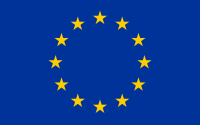
This project has been funded by the European Union’s Horizon 2020 Research and Innovation programme under grant agreement no 101004887.
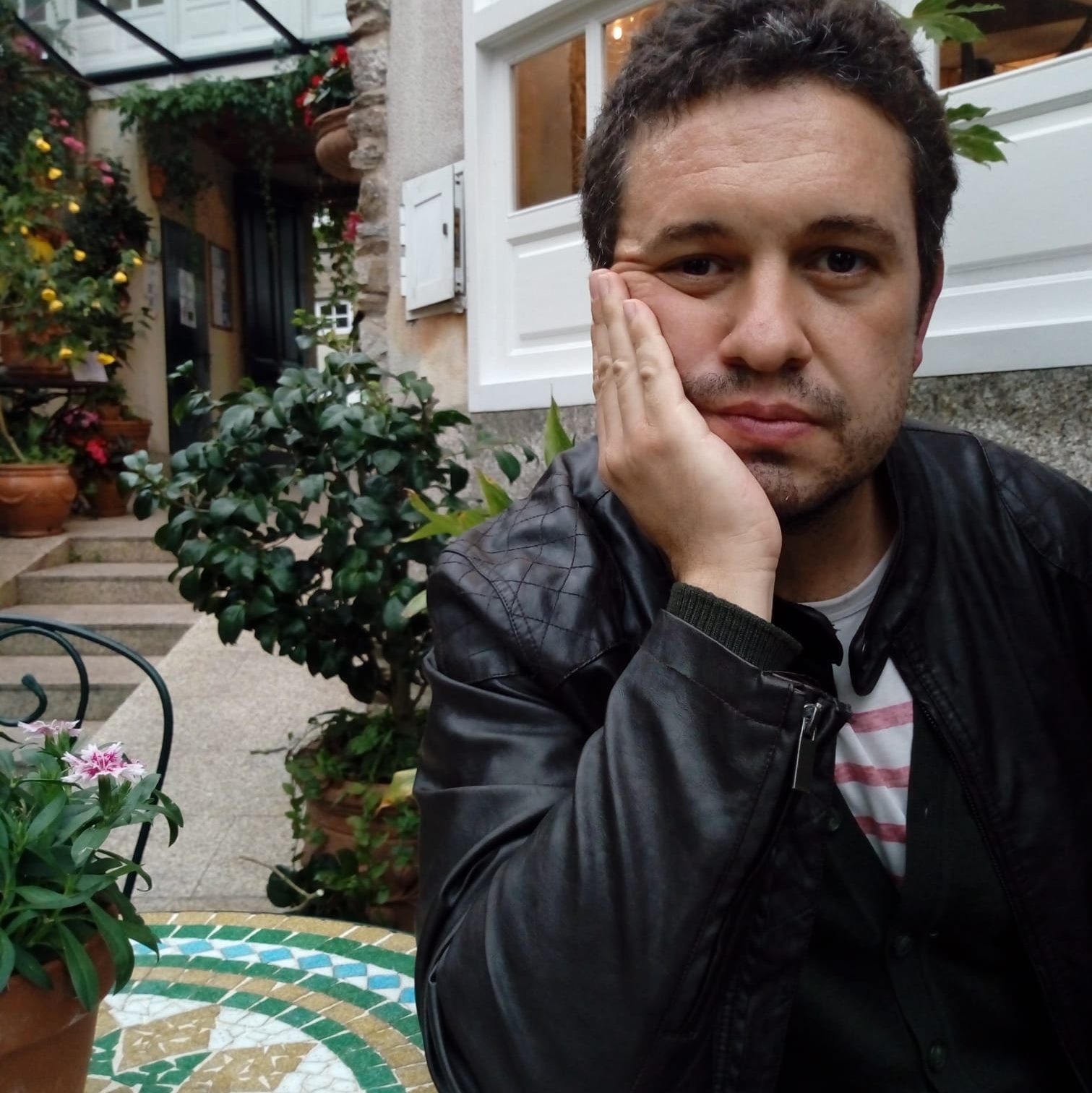
FUN Technical Assistant for Heritage Management and Disseminations. Filmmaker and Writer he has studies on Cinema Direction and Laws. Guide to Novoneyra’s House Museum.
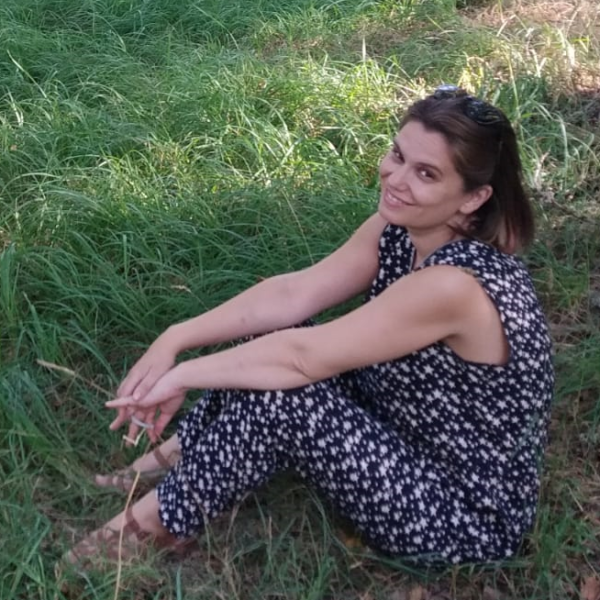
Responsible for Administrative task & management. Diploma in Social Work, specialized in Public administration and inclusion. More than 10 years of experience in management of various social care programs with different groups, developing and implementing projects of sociocultural social intervention.
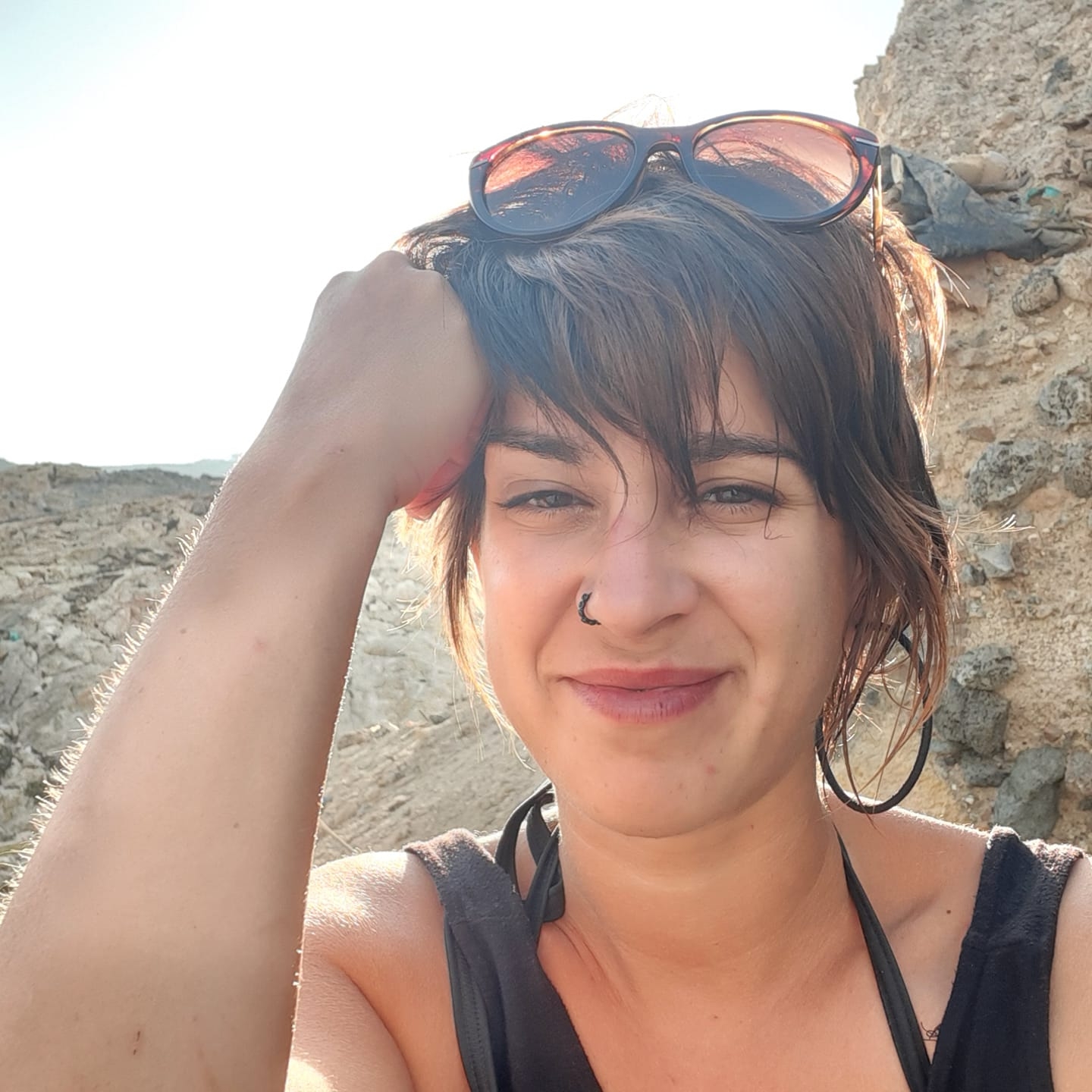
FUN Technician for Tourism Strategies and Internationalization. Phd in Journalism & Media and Postgraduate in Tourism Destination Marketing. More than 10 years of work experience in local tourism policies and strategies. Comms Officer for the European Cultural Route of Historic Thermal Towns (EHTTA) between 2016 and 2018 and certified SICTED Agent.
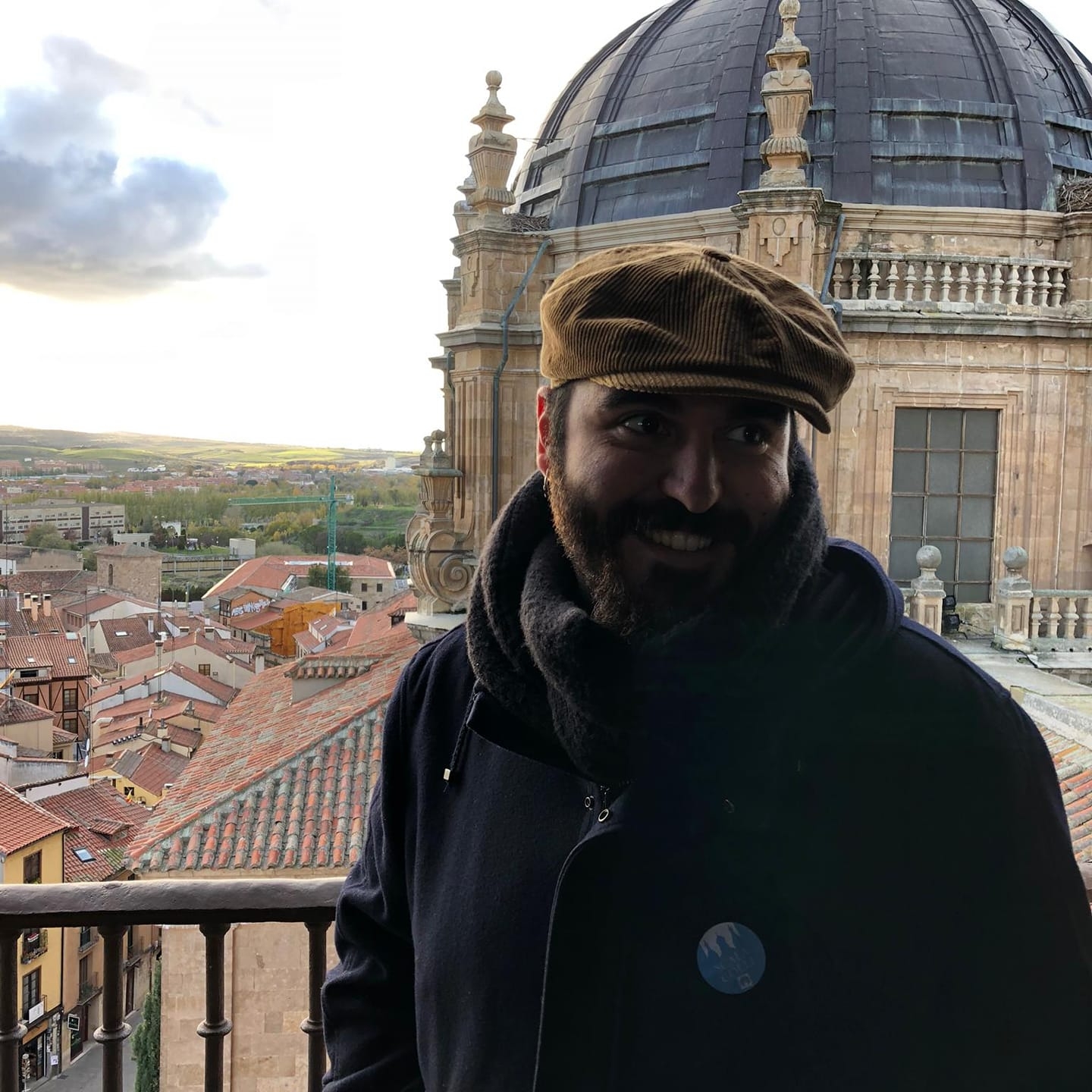
FUN Technician on Cultural Management. Phd in History and Postgraduate in Digitization of Cultural Heritage. Trained on Heritage Management, Museums and Archaeology he is responsible for the management of the FUN Archives and guide at Novoneyra’s House Museum.
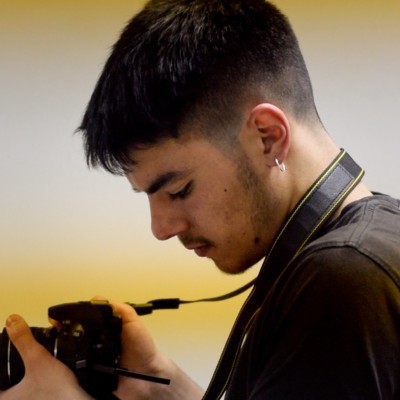
FUN Junior Technical Assistant on Communications. Degree in Audiovisual Communications. Graphic design, audiovisual contents and DigitalMarketing tools.
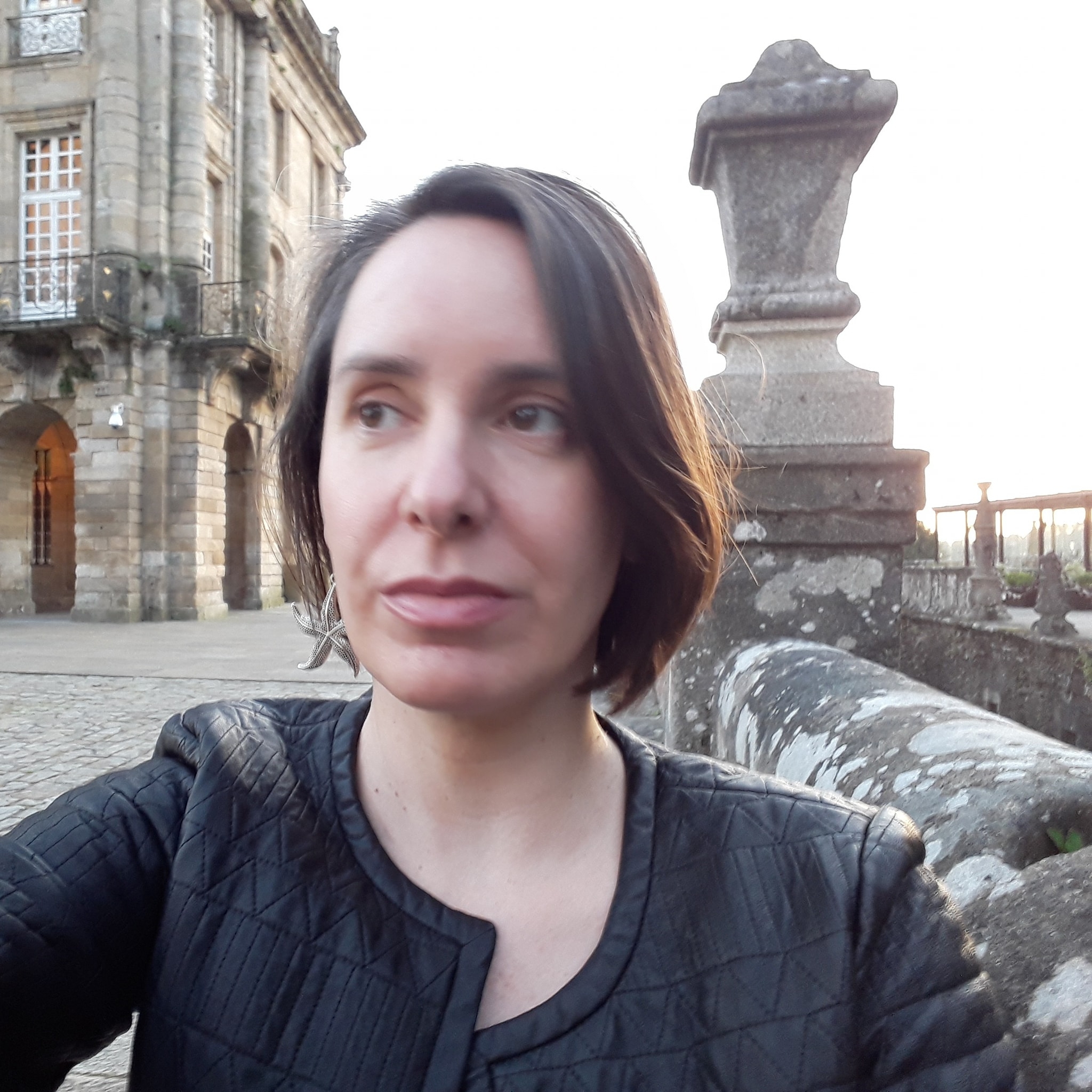
FUN Arts Director and Member of FUN Board. Technician on Cultural Management. Phd on Art Education and Political Sciences and Master in Digital Publishing. Between 2015 and 2019 she was the Deputy Mayor of the City Council of Santiago de Compostela and Cultural Policies Councillor and since 2019 opposition councillor.
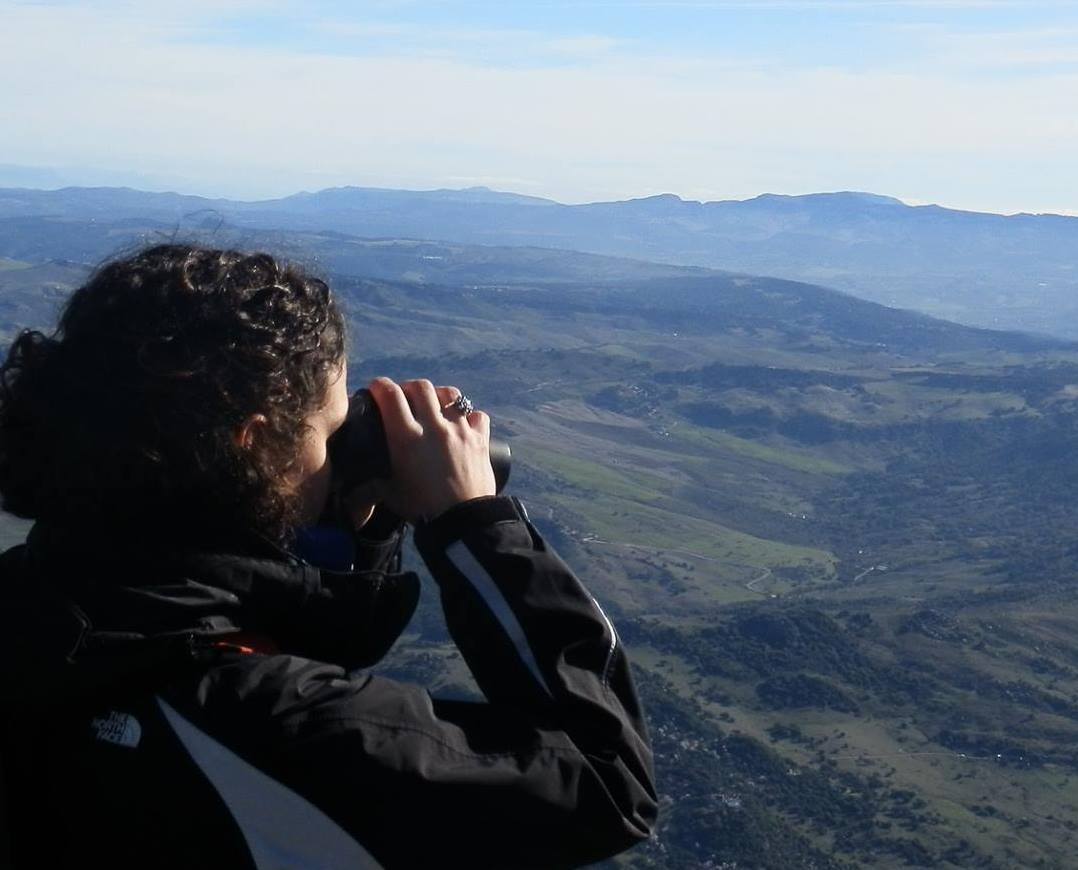
FUN Technician on Sustainability and Environmental Awareness. PhD in Biology and MSC on Biodiversity and Conservation Biology. Experienced in Environmental Education (formal and non-formal, she has volunteered with organizations including the Max Planck Institute of Ornithology and the Doñana Biological Station (CSIC).
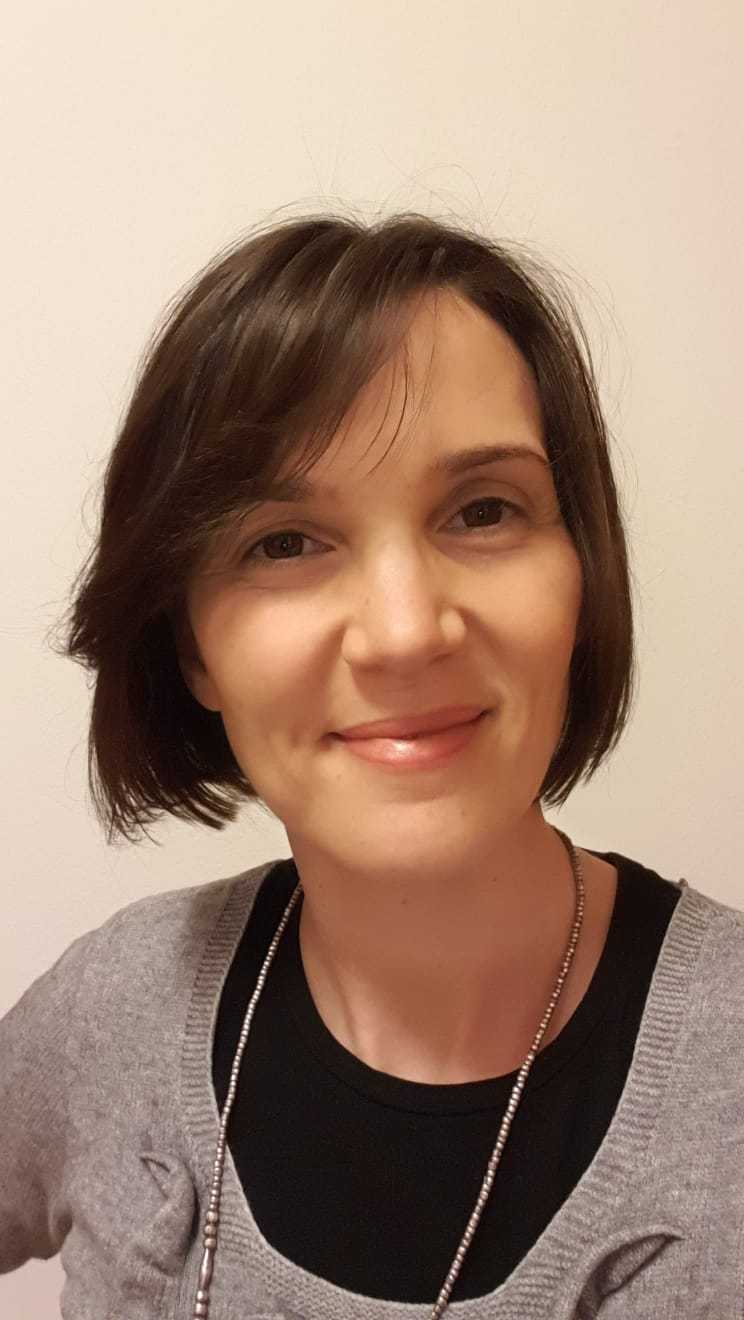
Silvia has a Master’s degree in History of Arts and Conservation of Artistic Heritage, obtained at the Ca’ Foscari University of Venice. From 2009 to 2012 she worked at the Diocesan Pilgrimages Office with the task of organizing pilgrimages to the Middle East, managing the collection of books “Bible and the Holy Land”, organizing the international cultural event “Lymph of the Olive” and to coordinate volunteers. Since 2012 she has worked at the Girolomoni Cultural Foundation in the Marche Region, with administrative tasks, organization of events and editing of the magazine Mediterraneo Dossier dedicated to biology, religion and current affairs. Since 2019, she has worked for the Homo Viator – San Teobaldo Foundation where she has the task of managing pilgrimages, the communication of the Foundation and supporting the Romea Strata project.
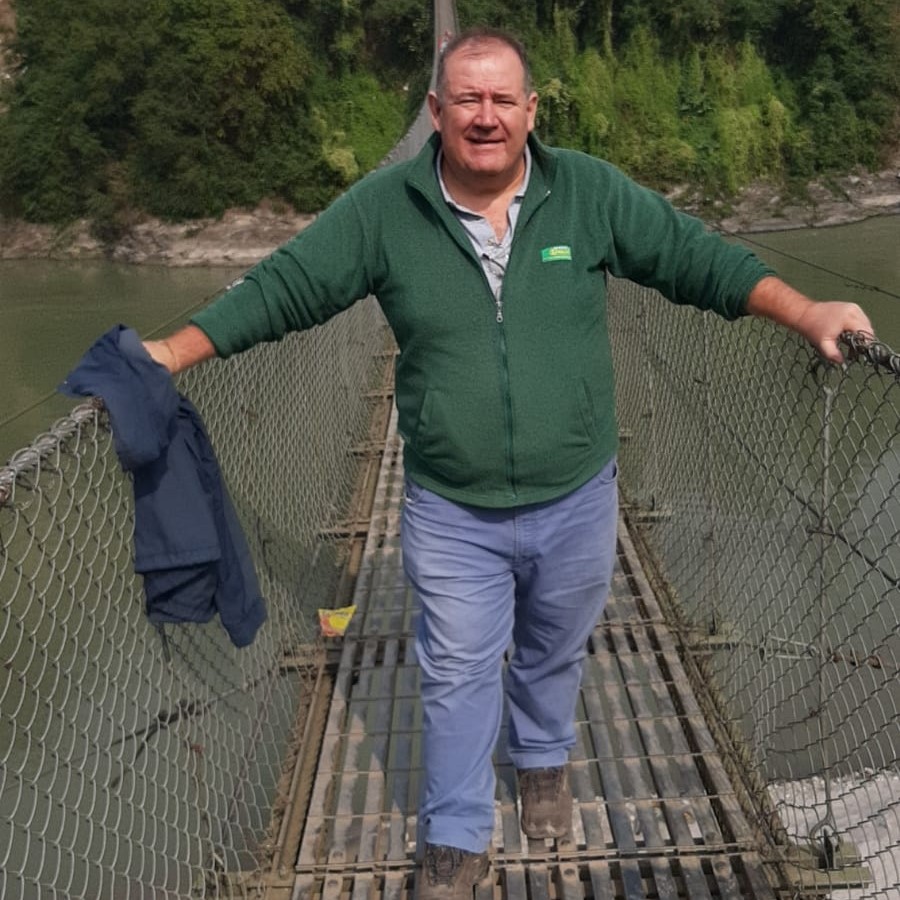
Raimondo Sinibaldi has been the Director and the legal representative of the Pilgrimage Office of the Diocese of Vicenza for ten years and the President and the legal representative of the Homo Viator Foundation, wanted by the Diocese of Vicenza. For thirty years he has accompanied groups of pilgrims in Biblical Lands and in significant places of pilgrimage, such as Rome, Santiago de Compostela, Częstochowa, Lourdes, etc. In particular, as far as the Holy Land (Israel-Palestine) is concerned, he has the official guide certification issued by the competent ecclesiastical authorities, having completed studies in the Theological Faculty of Vicenza and at the Jesuit Community in Jerusalem. He contributed to the ideation and promotion of the Romea Strata project.
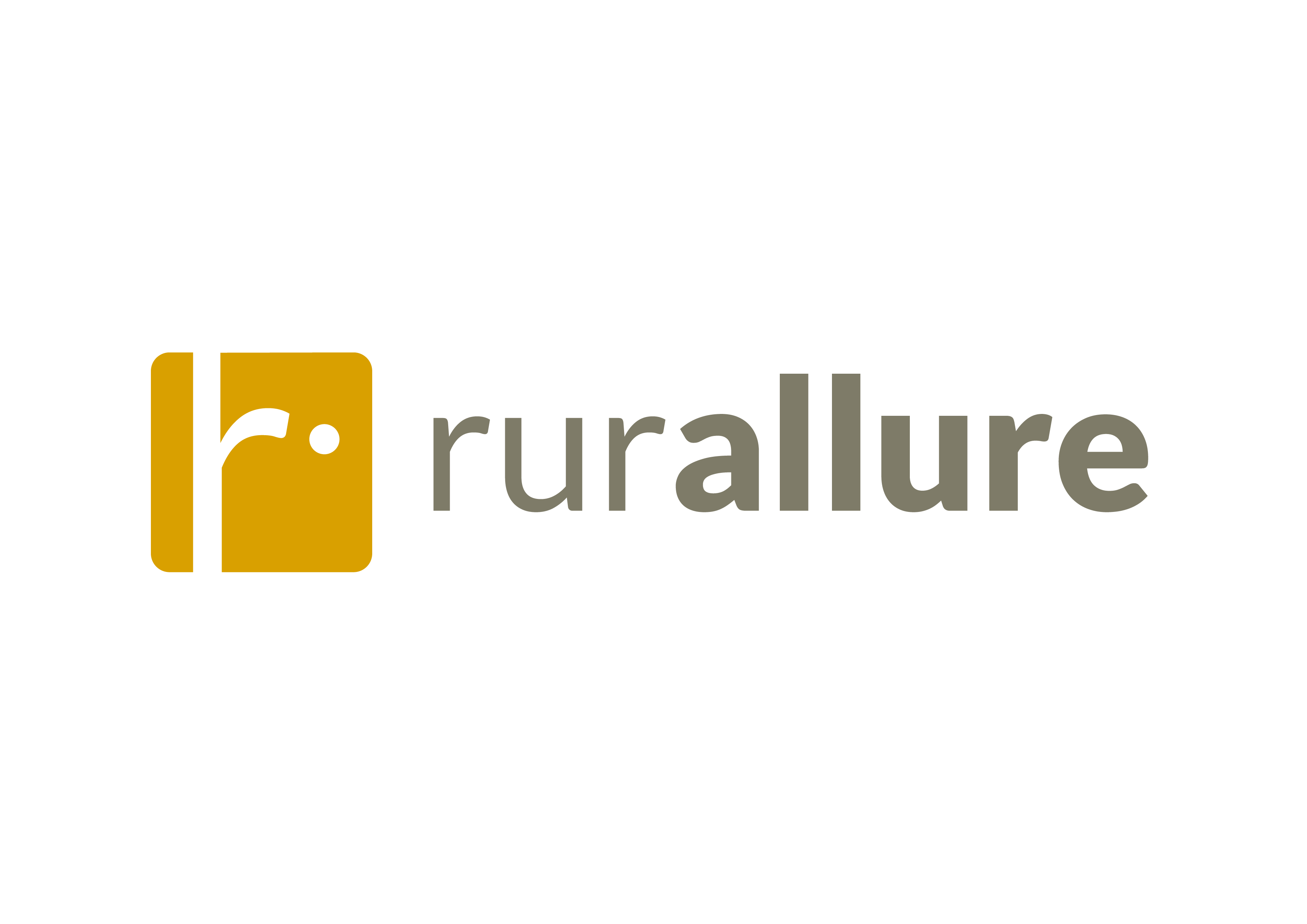
Romea Strata coordinator. has a Bachelor’s Degree in “Forest and Environmental Sciences and Technologies”. She worked at the “Regional Forest Service” in Veneto Region managing the administration of projects, as Director of extinguishing forest fire department and teaching courses in the
environmental sector. Since 2015 she works at the Pilgrimage office (now Homo Viator Foundation) managing the Romea Strata project. She traced the route, georeferenced it and collaborated in the realization of European projects for the Office.
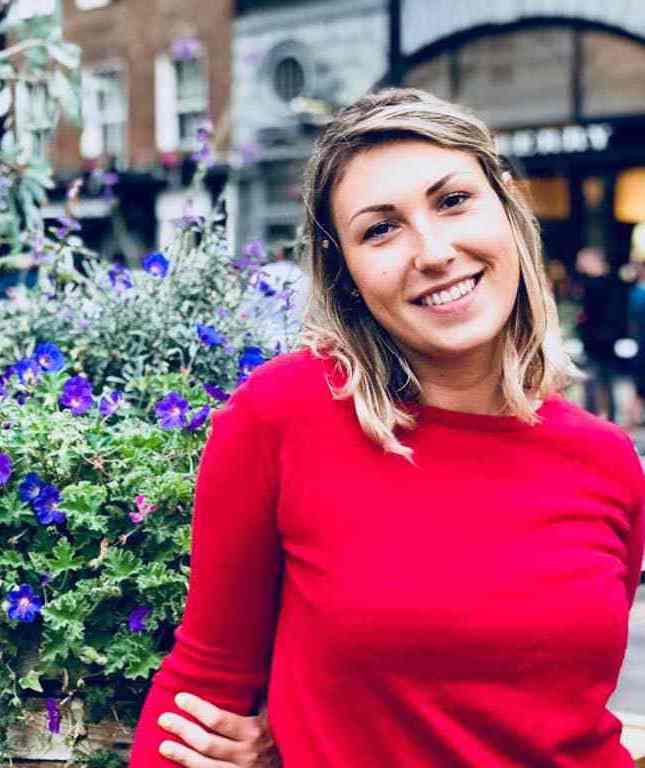
Aleksandra has a Master’s Degree in Sociology and social research. After graduation, she also attended two advanced training courses in “Innovation in social enterprises”(2015) and in “Project Management”(2019). In her last experience she worked for 4 years in a social cooperative as Accessible travel and tourism manager where her main tasks were: implementation of new accessible tourism services; organisation of holidays option for users with disabilities; management of fundraising activity; participation in EU-funded projects; care and management of the PR and communication activities; start up and management of a new accomodation facility. Since October 2019 she has worked for Homo Viator San Teobaldo Foundation as a referent for EU projects related to Romea Strata and its implementation.
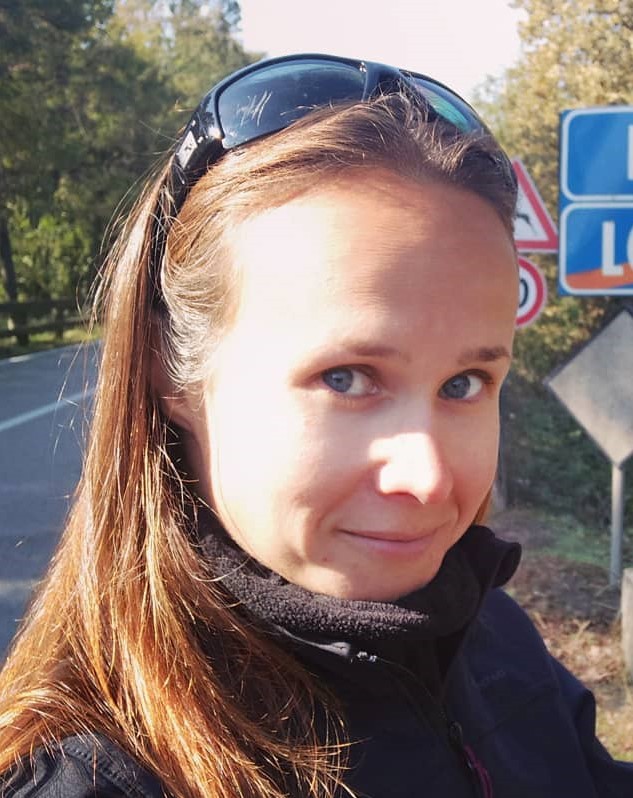
rurAllure project officer for EAVF. Myra has a background in Italian Language and Culture, and has previously worked in the field of International Higher Education. She will be managing the rurAllure communication channels and contribute to the Thermal Heritage pilot. Myra has a great love for bike touring and the environment, and is the founder and president of environmental initiative Cycle 2 Recycle.
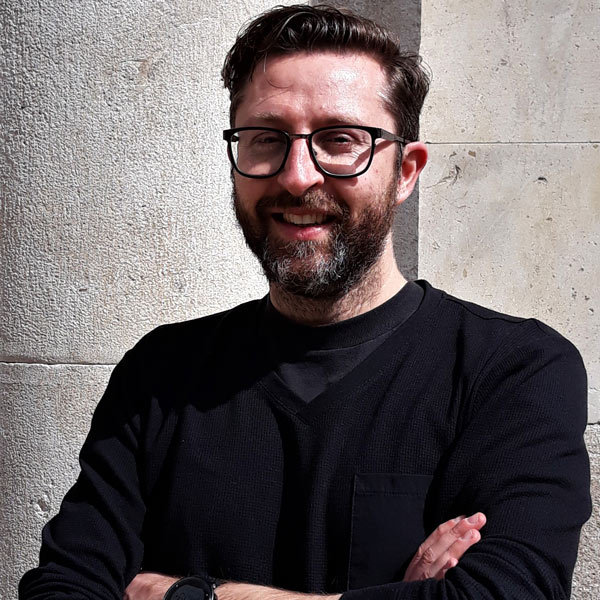
EAVF director. Leading the EAVF since 2013, Luca has extended work experience in international organisations and public bodies. With a background in art history and tourism, he is a freelance journalist, consultant, and a hiking enthusiast. Among his publications there are numerous articles in Italian internet media and a book “Via Francigena – una Strada Europea”.
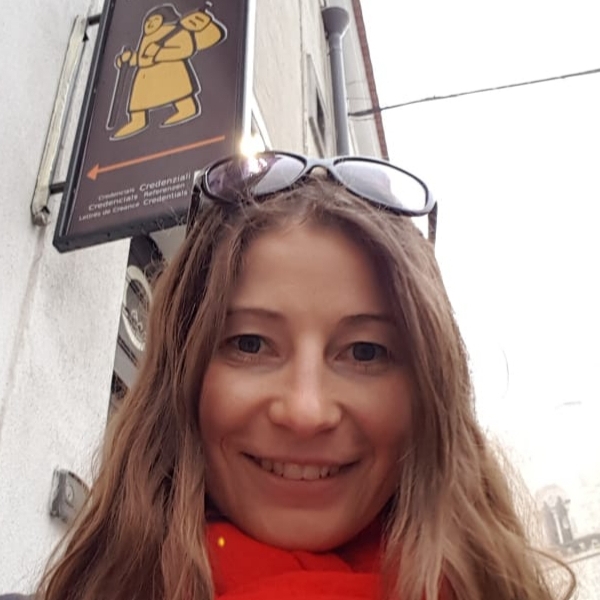
European projects and International relations advisor. With her extended work experience in international organisations and academic background in cultural management, Elena oversees international relations and manages European projects of the EAVF. A travel enthusiast, she spends her free time backpacking all over the world.
Maria Laura Gasparini is a tourism professional with over 10 years of work experience in the travel and hospitality sector. She has a degree in Tourism Economics and Management from the University of Bologna and has specialised in the role of sustainability indicators as policy making tools. Her main research interests are sustainability monitoring, community-based tourism and regenerative tourism. She is currently Research Fellow at the Center for Advanced Studies in Tourism, Bologna University, where she is contributing to the management of several EU funded projects, such as rurAllure and Fab Routes, focused on cultural routes and rural development.
Patrizia Battilani is a UNIBO Economic Historian. Her research focuses on cultural heritage valorisation, public history and economic history. She has been visiting scholar at the University of Sidney (2013) and Glasgow (2018 and 2019). She served as director of the Bachelor degree in Tourism Economics (2012-2016). She has experience on participating and managing national and international projects as Head of CAST, the UNIBO Center for tourism study. She is responsible for the UNIBO Unit of the Interreg Italy-Croatia project Recolor (Reviving and EnhanCing artwOrks and Landscapes Of the adRiatic). Between 2018 and 2019 she coordinated a transnational research on dissonant heritage focusing on the European cultural route ATRIUM. Her last publications include How to cope with dissonant heritage: a way towards sustainable tourism development in Journal of Sustainable tourism (2018) with A. Mariotti and C. Bernini.
https://www.unibo.it/sitoweb/patrizia.battilani/en
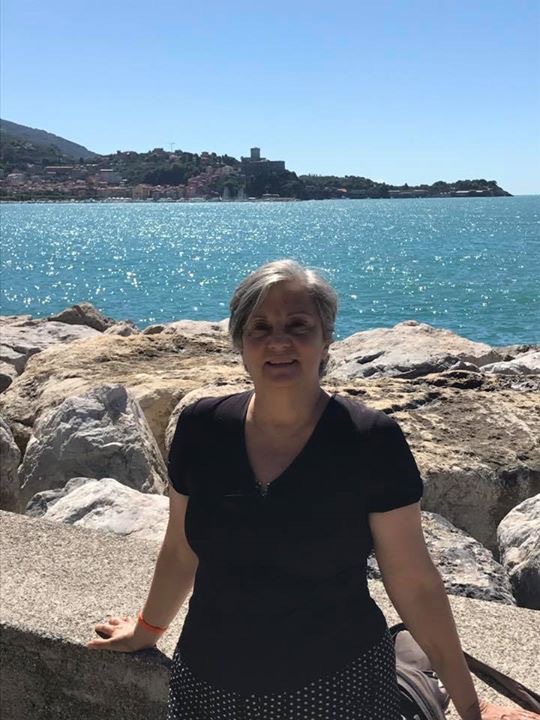
Fiorella Dallari has been a Professor of Alma Mater (PAM) since 1 November 2018, former associate professor of Political and Economic Geography since 2004 at the Rimini Campus of the Alma Mater Studiorum – University of Bologna in the Department for Life Quality Studies. In 1972 she began his research activity in the Faculty of Economics and from 1980 on didactic activity in the geographic field (disciplinary sector M-GGR / 02), with a 1st level national qualification (2012). In the field of research, she deals with tourism geography, economic-political geography and regional geography. Currently his research topics are: Local and sustainable development; Heritage and sustainable tourism; Pilgrimages, cultural itineraries and tourist routes; cooperation and sustainable tourism; Heritage, social participation and citizenship; UNESCO Heritage and Religious Heritage.
Fiorella is also founding-editor of “AlmaTourism, Journal of Tourism, Culture and Territorial Development”, a scientific journal of the University of Bologna. Engaged in national and international research projects, she collaborates with UNESCO (UNITWIN Network “Culture, Tourism, Development”; UNESCO Italian Chairs “Territory, Sustainability, Tourism” – TEST, of which she is responsible for tourism; Mediterranean Unesco Chairs – MUNCH), ICOMOS (International Scientific Committee on Places of Religion and Ritual – PRERICO member and coordinator of the Prerico National Committee). For nearly twenty years she has collaborated and collaborates with some itineraries recognized by the Council of Europe (in particular, she is president of European Association of the Vie Francigene, the Via Romea Germanica and the Romea Strata Scientific Committees).
Author of over 150 publications, she received the Vallega prize for research on cultural-historical itineraries (2008).
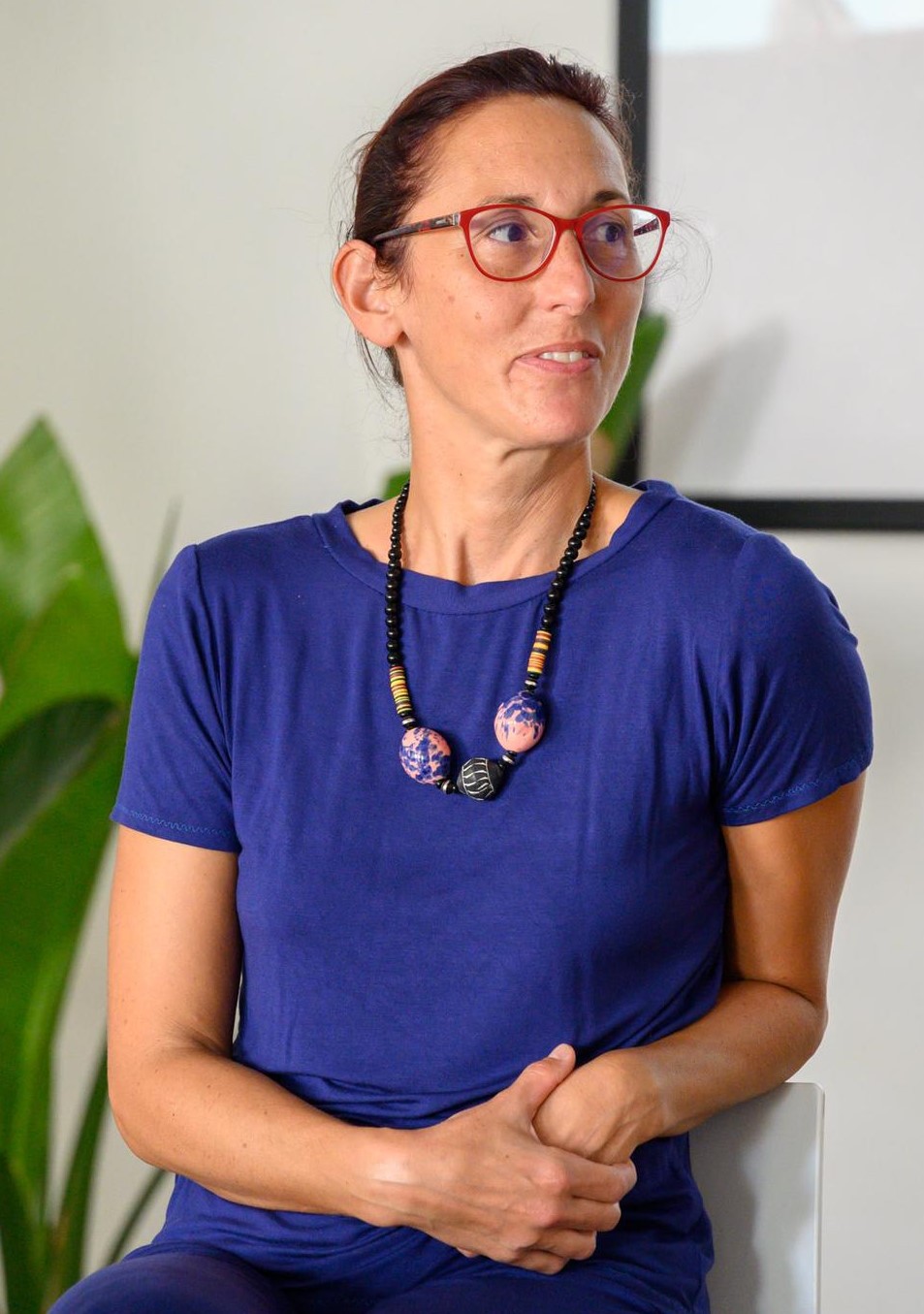

Lorem ipsum dolor sit amet, consectetur adipiscing elit. Vivamus vulputate velit sed vestibulum vestibulum. Pellentesque varius accumsan mi, sit amet euismod dolor egestas nec. Aenean scelerisque magna et tortor porta mattis. In molestie id neque id posuere. Sed quis lacinia nunc. In metus felis, maximus vitae urna ut, scelerisque mattis eros. Vestibulum quis turpis at enim volutpat commodo. Donec aliquet tellus eget ligula viverra aliquam luctus non mi. Nunc a quam ac nisi tristique imperdiet. Nullam in auctor elit, eu congue mi. Sed quis nisi pharetra, convallis turpis vitae, fringilla neque. Etiam non lectus lorem.
Aenean et vulputate quam, et sodales tortor. Suspendisse fringilla euismod ultricies. Quisque pulvinar leo mauris, eget dignissim turpis bibendum ac. Integer semper consequat magna. Donec ornare risus at justo eleifend pellentesque sed sit amet turpis. Aliquam id nibh id nibh dictum rutrum non et enim. Cras at varius massa. Duis tempus sed lectus et lacinia. Morbi imperdiet lorem vel mollis lacinia. Cras vel tincidunt ex, eget congue enim. Sed et gravida orci. Maecenas lobortis vulputate mattis.